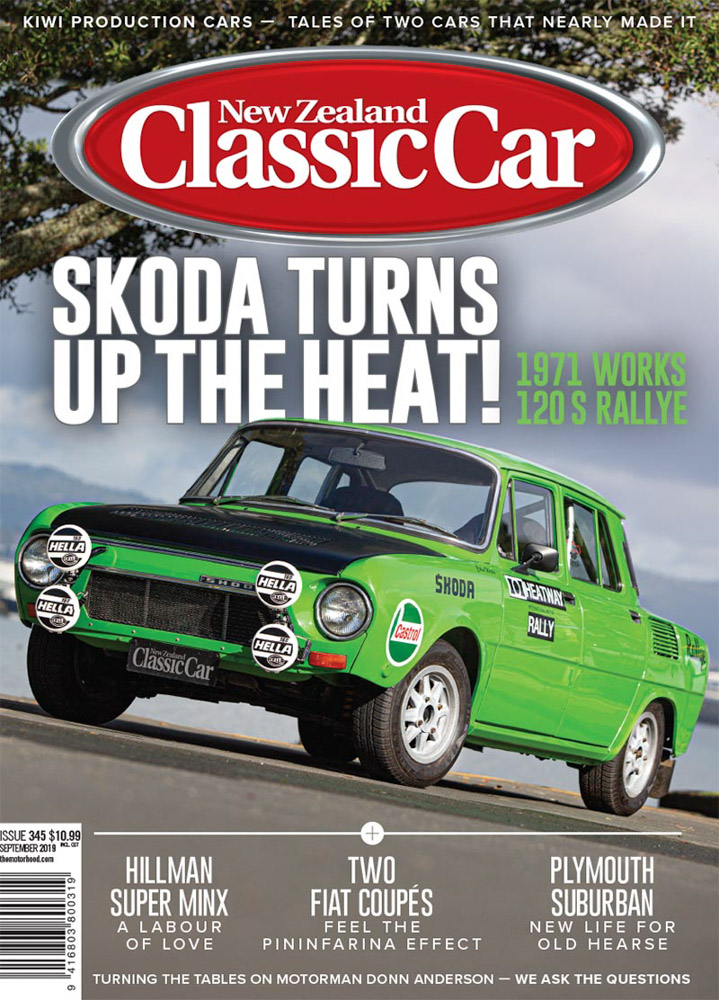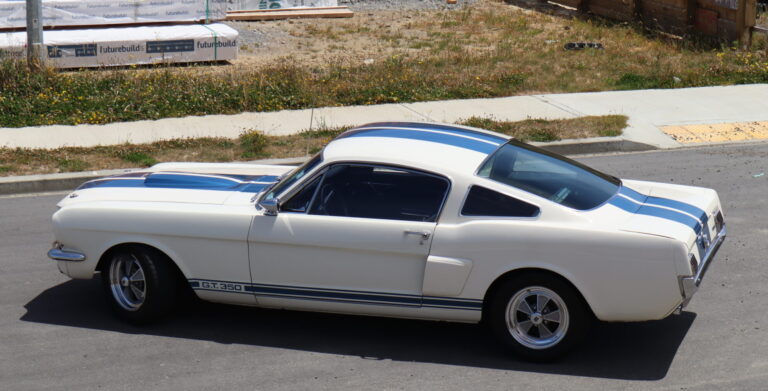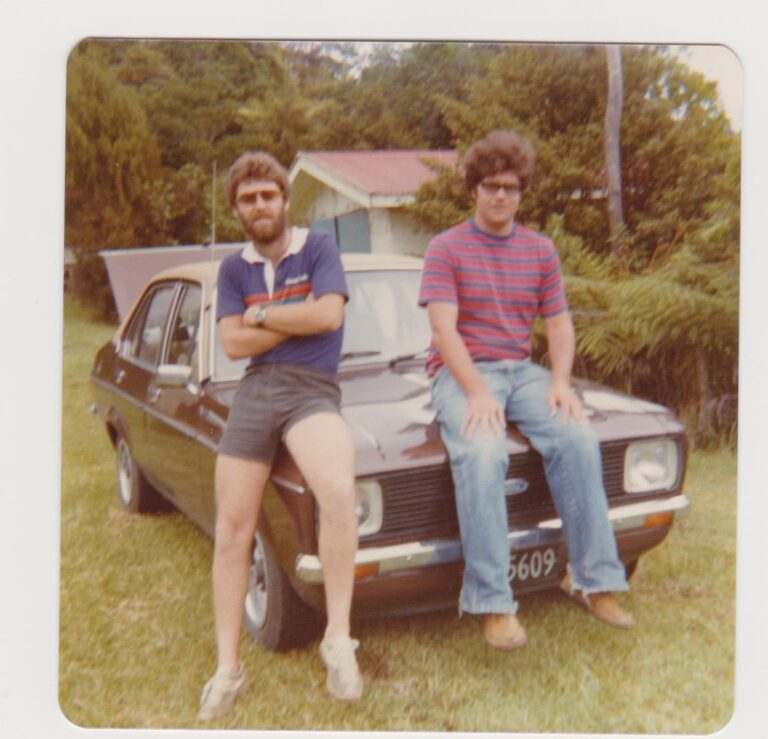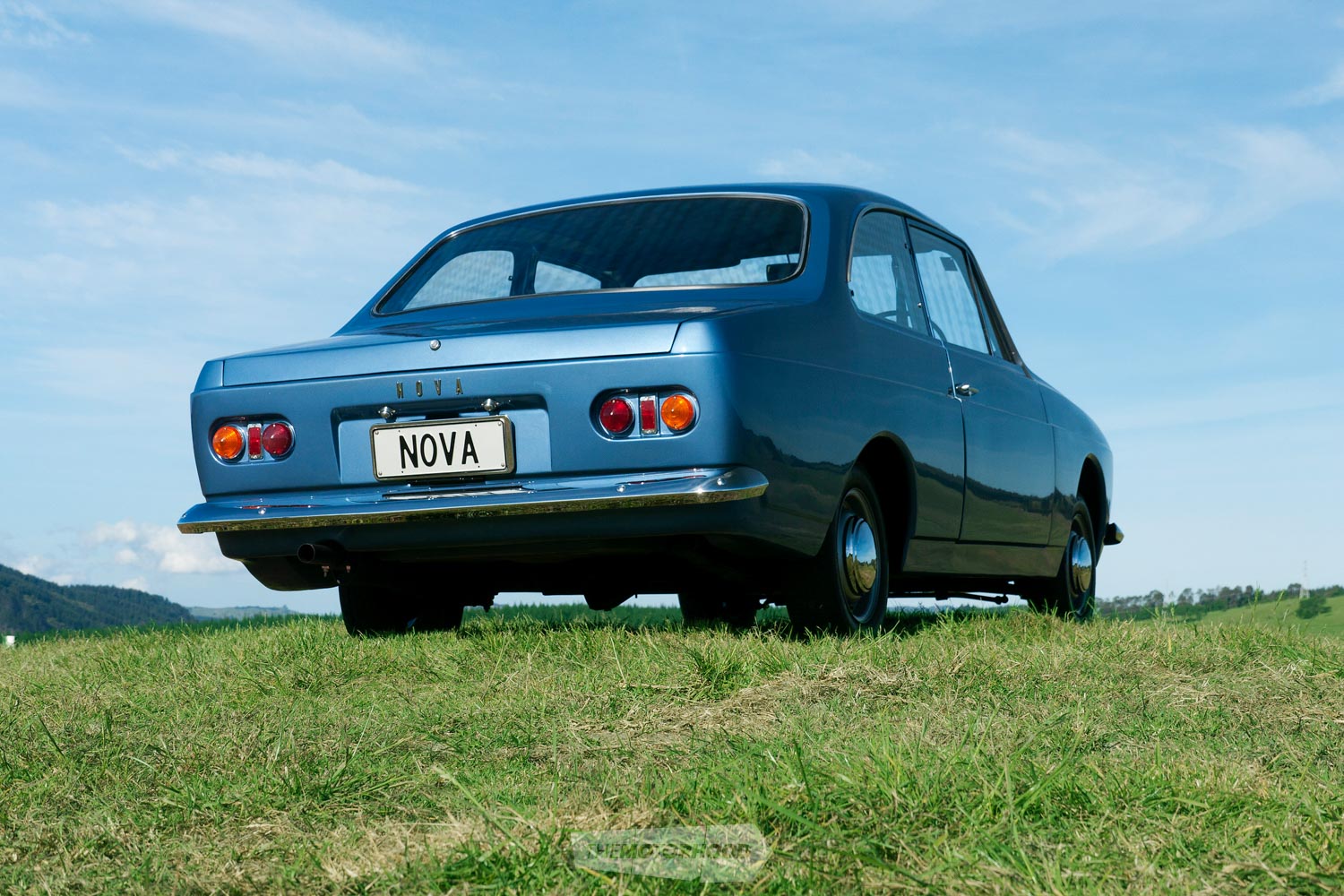
At one stage in the late ’60s, it seemed that the Anziel Nova was in the news media all the time, appearing in numerous newspapers and magazines. There were claims that it would be New Zealand’s first mass-produced car. There were even claims that it was designed here by a young man by the name of Alan Gibbs.
Actually the Nova was originally designed by Tom Karen of British design company Ogle, which designed the Reliant Scimitar. The team at Reliant were specialists in developing fibreglass-bodied cars. Versions of this car went to Israel, Egypt, and Turkey.
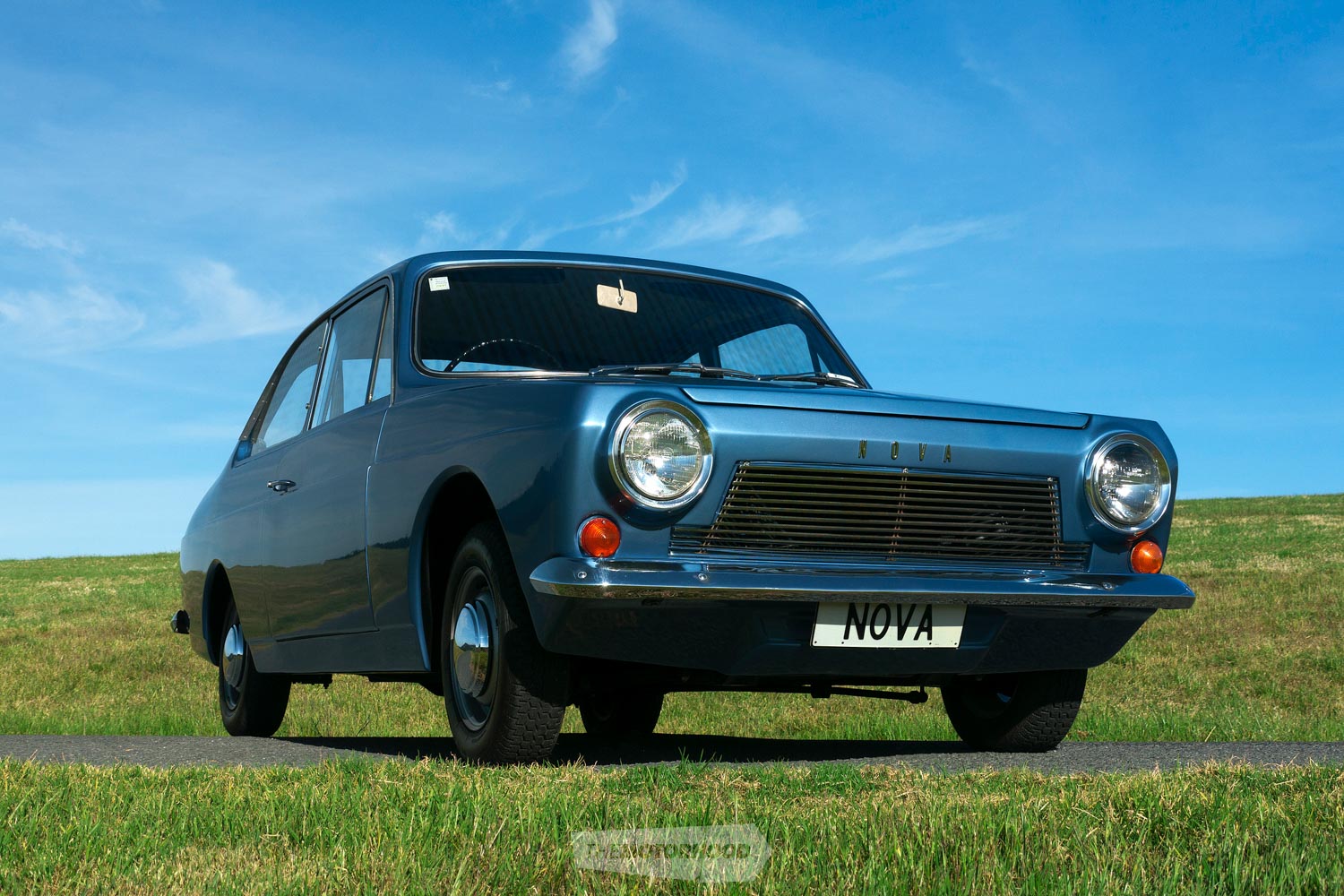
Anziel Nova Photos courtesy of Stuart Page
Although prototypes were built in Britain, preparation of the cars for full production was only ever developed in Turkey by the Turkish industrial giant Ostosan, and called the Anadol. Turkey was the only country to put the car ito production making and selling over 100,000 of them over an 18-year period.
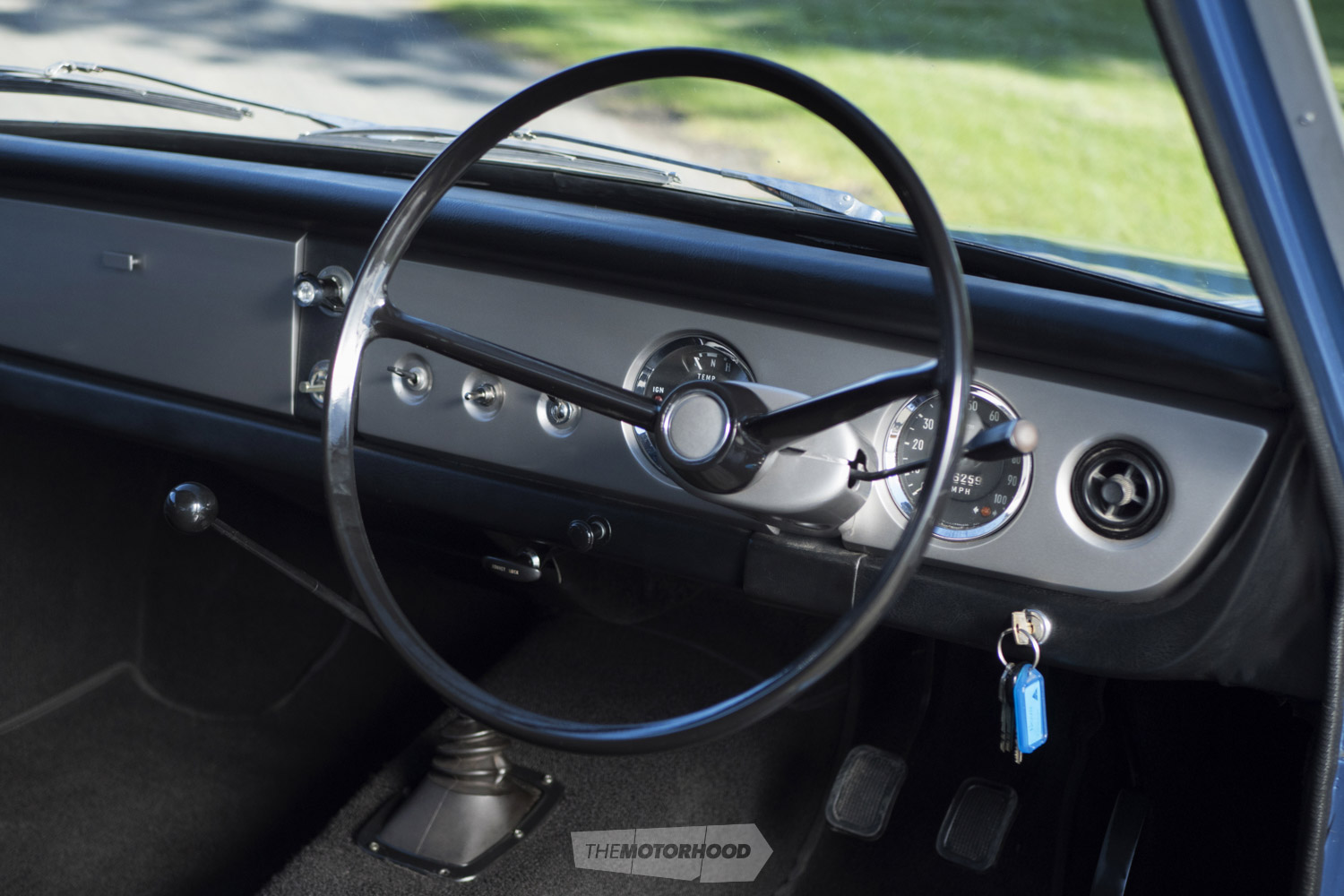
The Anziel Nova prototype that came to New Zealand in 1967 was also built by Reliant, and imported fully built up. The car that came here not only had some slight visual differences from the Anadol, it was also mechanically different, mainly in its suspension, to suit New Zealand conditions.
It got close to production here and the tale of its near miss asks as many questions as it answers.

The Marlborough-Carlton, on the other hand, was developed entirely here, fifty years earlier in the 1920s. It disappeared so thoroughly from the records that writer Patrick Harlow, even though he had known about it and had been trying to discover more about for 20 years, had not even seen a photo of it.
Here he explains how he came to tell the story of the Marlborough Carlton in the September Classic Car, issue 345.
The story is about a near-legendary car that I have known about and searched for for about 20 years. It was so lost in time I couldn’t even find a picture of it. I knew of it only as the ‘Marlborough’, and that it was built in New Zealand during the 1920s.
“I was researching my book New Zealand Manufactured Cars: A Cottage Industry, and I desperately wanted to feature the Marlborough in the first chapter, as it was almost certainly New Zealand’s first locally produced car. In TVNZ’s video archives, I discovered a 1978 TV programme called Sunday’s World, which featured a car called the ‘Carlton’, also manufactured here in the 1920s.
“Although I didn’t realize it at the time, it was the key to unlocking the mystery of the Marlborough.
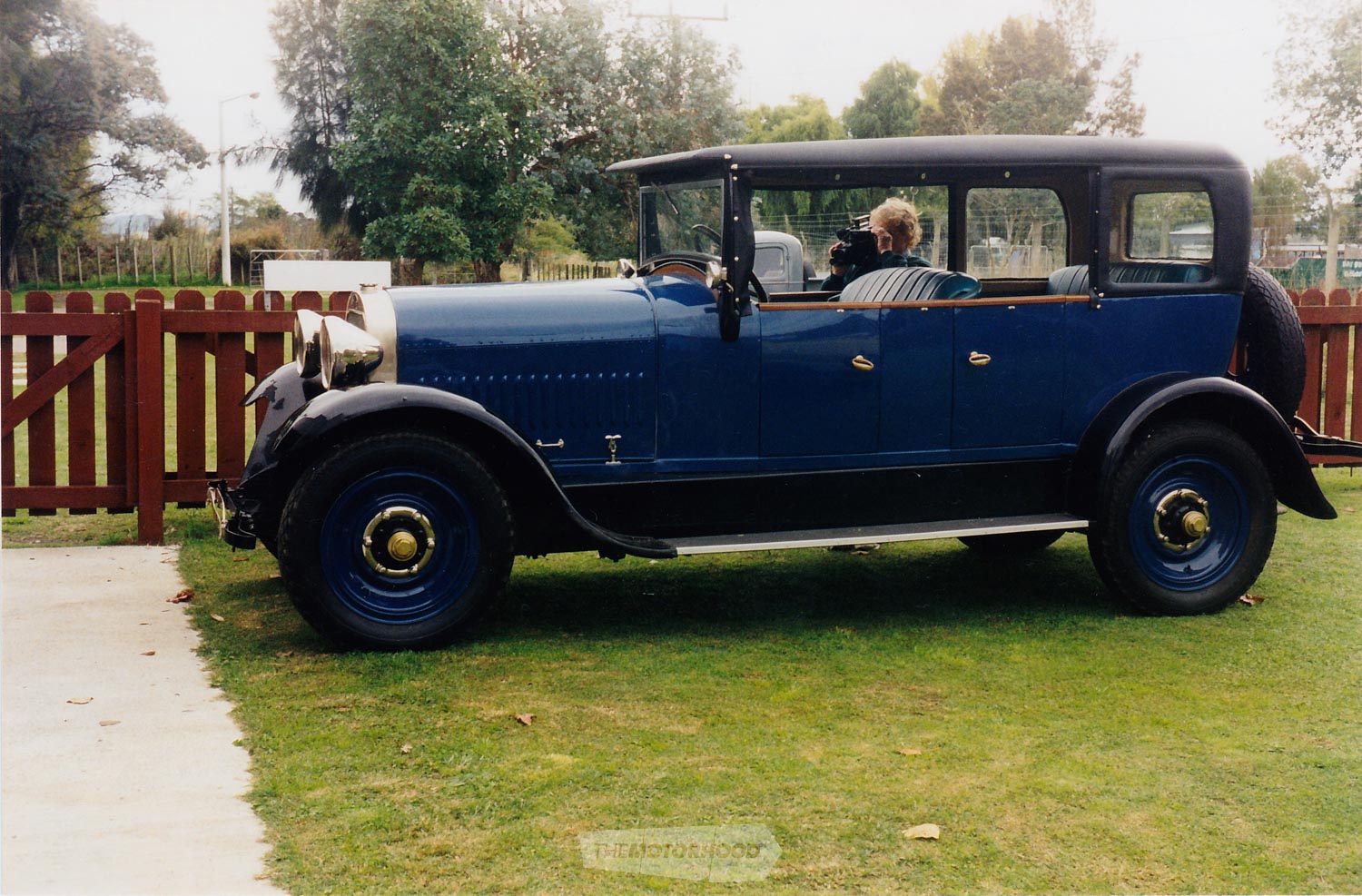
The revelation began last year when I wrote a story on the JC Midge belonging to Graeme Crimp of Blenheim. Looking for a nice spot to take photographs, Graeme suggested we go to the Marlborough Vintage Car Club Museum at Brayshaw Park in Blenheim. The curator offered us a free tour of the closed museum. And lo! There on display was the Marlborough engine, albeit without the car.
“It turns out the Marlborough was originally built by John North Birch, who was known then as William Birch. He later moved to Gisborne, but preferred to be called George and then ‘Old Bill’. The curator then told me that the Carlton and the Marlborough were made by the same person — and that the Carlton still exists and is owned by the Gisborne Vintage Car Club. This opened a new line of enquiry, and finally all the pieces started to fall together.“
Patrick’s full stories on both cars are in September New Zealand Classic Car, Issue 345.
